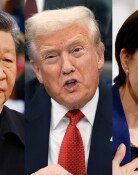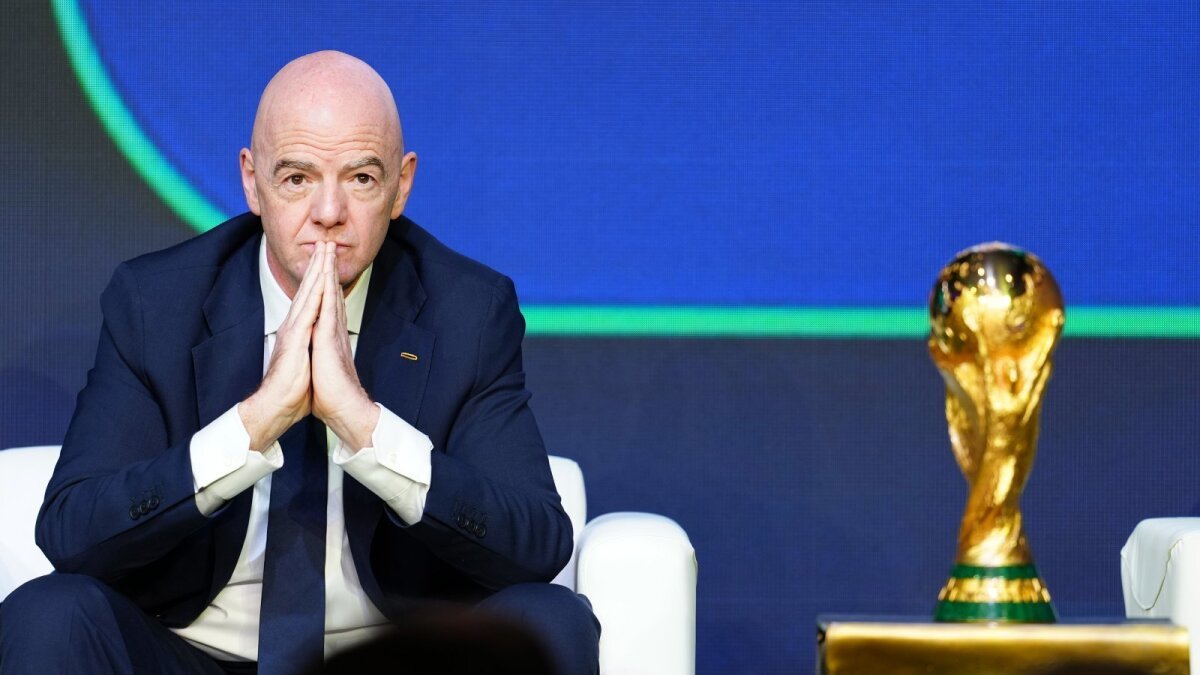China, India to Begin Exit Strategies
China, India to Begin Exit Strategies
Posted January. 14, 2010 03:49,
China and India are preparing to implement exit strategies after supporting recovery in the battered global economy since the eruption of the world economic crisis.
The Peoples Bank of China will raise its cash reserve ratio for the first time in 13 months, and the Reserve Bank of India is expected to follow suit soon.
On its Web site, the Chinese central bank said Tuesday that it will raise Monday next week its cash reserve ratio, or the amount of cash banks must hold with the central bank, by 50 basis points. Beijing had cut the ratio by the same rate in December 2008. The corresponding ratio of large Chinese banks will accordingly reach 16 percent and that of mid and small-size banks 14 percent.
The Financial Times said yesterday that India will raise its cash reserve ratio 50 basis points Jan. 29.
If the ratio rises, the amount of bank loans decreases, which in turn helps a government effectively tighten monetary policy.
China decided to raise the ratio earlier than expected due to heightened fears over inflation and asset bubbles resulting from rapidly growing liquidity. Signs of soaring prices in the property and daily necessities markets have appeared in certain regions of China.
The state-run Xinhua News Agency said, Around 600 billion yuan (87.9 billion U.S. dollars) per week or 100 billion yuan (14.6 billion dollars) per day has been borrowed since the beginning of the year.
The amount of new loans issued by Chinese commercial banks last year reached 10 trillion yuan (1.5 trillion dollars), more than doubled from the previous year. In November last year, Chinas consumer price index jumped 0.6 percent from the previous year, its first upturn since February last year.
Zhuang Jian, senior economist at the Asian Development Bank, said, The Chinese government has not totally changed its policy to stimulate the economy. But its decision to raise its cash reserve ratio reflects its strong will to control liquidity within the proper scope.
Beijings move to prevent market liquidity from growing too fast has caused the majority of economists to note the change of Chinas economic expansion-oriented policy to one seeking to cool its overheated economy.
India is no different. The countrys statistical office said Tuesday that domestic industrial production grew 11.7 percent year-on-year in November last year. The wholesale price index rose 4.78 percent the same month and that of food prices surged 19.95 percent in the first week of December.
The Reserve Bank of India would raise the cash reserve ratio - the amount banks are required to hold with the central bank - by 50 basis points when it meets on January 29. A rise in the repo rate, the benchmark lending rate, would follow in April, the Financial Times quoted Robert Prior-Wandesforde, senior Asian economist at HSBC.
The move toward exit strategies by the two emerging economies caused world stock markets to fluctuate yesterday.
Koreas benchmark KOSPI dropped 27.23 points (1.6 percent) to close at 1,671.41. Chinas Shanghai Composite fell 3.09 percent, Japans Nikkei dipped 1.32 percent, and Taiwans Taiex decreased 1.35 percent.
bonhong@donga.com jaeyuna@donga.com







